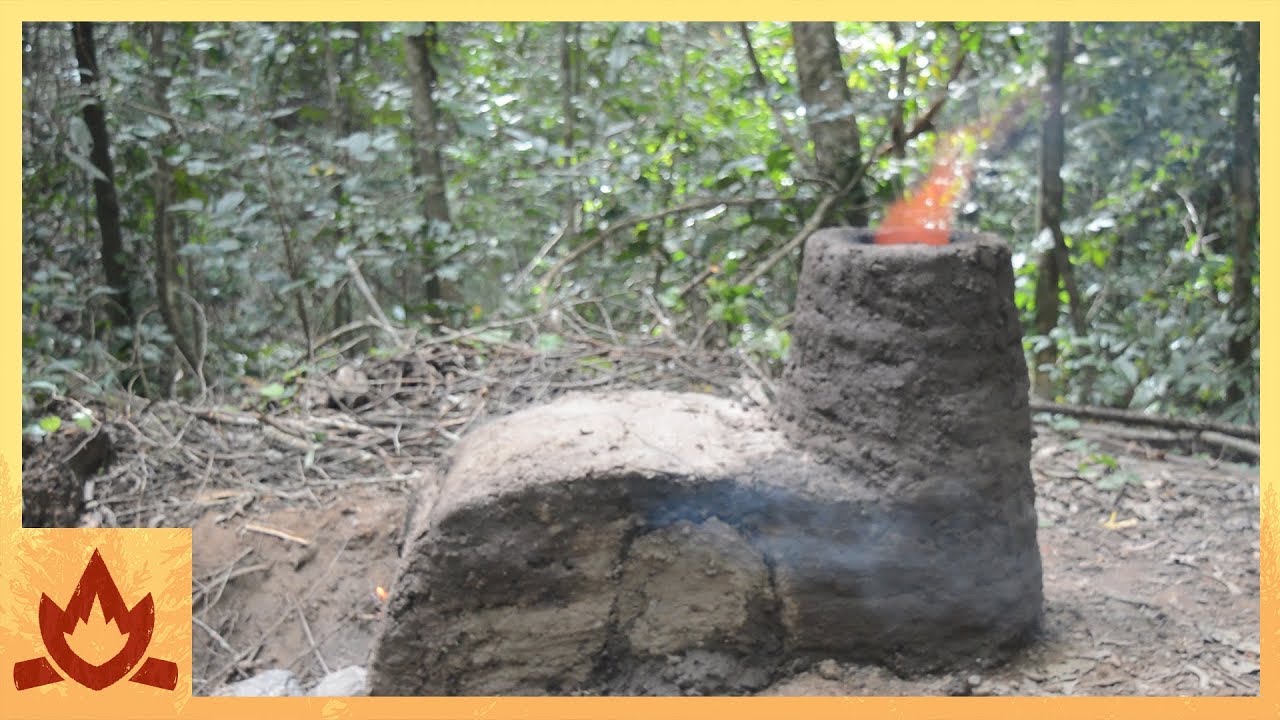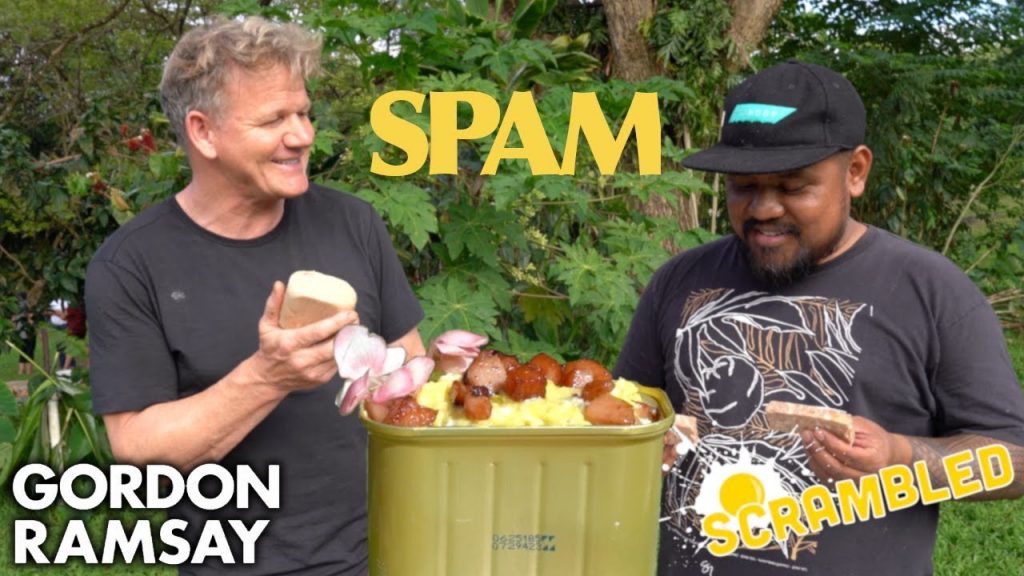Primitive Technology: Crossdraft kiln

Primitive Technology: Crossdraft kiln – Building a crossdraft kiln from scratch.
I built a cross draft kiln and fired a pot in it to test ideas about how cross draft kilns operate. A cross draft kiln is one in which the flames travel from the firebox and across a horizontal wear chamber before traveling vertically up a chimney and out of the kiln. Unlike an updraft kiln there is no perforated floor that the pottery sits on. Instead the pot sits on the floor of the wearchamber as the flames pass around it.
Taking soil from a previous kiln and mixing it into mud, I formed the kiln so it was less than a meter long. It was 25 cm wide and tall inside the tunnel formed by the kiln though a slight curve was added to the tops of the side walls. The walls were covered with sticks and a roof of mud was put in place onto this. A chimney about 25 cm wide and 65 cm in total height was made at the end of the kiln to draw flames through the kiln due to natural draft. 5 grate bars made of clay were installed in the firebox to make combustion more efficient. A side door was cut into the kiln to access the ware chamber (25 x 25 cm).
Clay was taken from the creek bank and mixed with previous crushed pottery as grog. It was formed into a pot with a pouring spout. This was dried and then placed into the kiln. The kiln was fired with the flames acting as planned and the pot was fired in a relatively short 1 hour and 20 minutes. It would have been a shorter firing time had the kiln not still been wet. The pot was tested with water and held it satisfactorily.
Cross draft kilns are an apparent improvement on updrafts with the reasoning being that more efficiently retain heat as the hot gasses don’t immediately exit the kiln leaving the colder gasses inside. Hot spots are less likely to develop giving a more uniform firing of the pottery. Cross draft kilns developed early in Asia, evolving from the practice of excating tunnels into the side of hills to fire pottery. It’s unknown whether the European cross drafts were adopted from the east or were the result of the gradual extension of the firing arch outwards from the conventional updrafts. My personal experience is that this type of kiln fires quickly and evenly though I need to experiment more to understand the positive and negative aspects more fully.
How does the design of the crossdraft kiln contribute to efficient firing of ceramics?
Primitive Technology: Crossdraft Kiln
Primitive Technology refers to the knowledge and skills that our ancestors used to survive and thrive in the pre-modern era. From hunting and gathering to building shelters, humans were masters of their environment. One of the core skills that helped humans thrive was the ability to fire pottery and make ceramics. This skill allowed them to create containers for storing food, water, and other essential items.
Primitive technology includes the crossdraft kiln, an ancient structure used to fire ceramics. A kiln is an enclosed furnace where pottery is fired at high temperatures to harden it. The crossdraft kiln is an efficient and reliable kiln design that has been in use for thousands of years.
Construction of a crossdraft kiln requires basic materials like clay, sand, and straw. The kiln is constructed in the shape of a cylindrical drum, which is wider at the bottom than at the top. This design helps to circulate heat inside the kiln and ensures an even firing of the ceramics. The kiln is then filled with layers of ceramic ware and fuel, typically composed of wood and dried grass.
The firing process is a delicate balance between maintaining a steady temperature and providing enough oxygen for the fire to burn continuously. The crossdraft kiln is designed to allow for a steady flow of oxygen through the kiln, which helps to regulate the firing temperature. The kiln is fired for several hours until reaching the desired temperature, which can be as high as 1,000 degrees Celsius.
Once the firing process is complete, the kiln is allowed to cool slowly. This is done to prevent the ceramics from cracking due to sudden temperature changes. The length of time it takes for the kiln to cool will depend on the size of the kiln and the firing temperature. However, it may take several days for the kiln to cool down completely.
The crossdraft kiln is an important tool for potters and ceramicists even in modern times. While modern kilns may have more advanced features, the basic design principles of the crossdraft kiln are still in use. For individuals interested in learning more about primitive technology, the crossdraft kiln is an excellent starting point.
In conclusion, the crossdraft kiln is an important piece of primitive technology that has been in use for thousands of years. Its basic design principles have influenced current kiln designs, making it an essential tool for modern-day potters and ceramicists. Understanding the principles of the crossdraft kiln is an important aspect of appreciating primitive technology and its impact on human history.









Celebs React To Bill Cosby’s Sentencing
How Far These Rappers Really Got In School
The Best Watermelon You’ll Ever Eat
Wardrobe Malfunctions That Ended Up In The TV Show
Guess Who’s A Plastic Surgeon | Lineup | Cut